This is the violet pink, transparent variety of spodumene named after the American mineralogist G.F. Kunz, a noted gem expert active at the turn cl the century.
Appearance The characteristic color is a violet pink which can be quite intense. It has marked pleochroism seen as a clear difference in depth of color in different crystallographic directions, rather than a color Change as such. The crystals used as gems generally have few inclusions and good transparency. Plane surfaces, looking both specular and transparent at the same time, can sometimes be seen on the inside and are the warning signs of cleavage. In fact, its easy cleavage makes this gem quite brittle sensitive to knocks, and therefore unsuitable as a ring stone. It is usually given a (sometimes quite elongated oval mixed cut, a pear-shaped or triangular mixed cut, or even a step cut. Although it is often found as large crystals, the smaller section of the crystal is used for cutting, the strongest. most valued color being perpendicular to this surface, Gems several carats in weight are not uncommon and some of 200-300 carats have even been out as museum pieces.
Distinctive features Some pink stones look very much alike: e.g. kunzite; pink topaz, and morganite. Kunzite, however, has the strongest pieochroism, best seen, of course, in larger, richer~colored stones. It has much clearer birefringence than the other two minerals, a factor easily established in larger stones, with the aid of a lens, by the presence of a double image of the back facet edges.
nike jordan 11 cmft
jordan wmns air 1 mid sneakers alte
yeezy sneakers
cheap wigs
netting wig
jersey nfl original
cheap wigs
bayern shirt 22 23
milan jersey 2022 23
curly hairpiece for braids
cheap jordans
best human hair wigs online
slide bone 2022
air nike sneakers
cheap human hair wigs
Kunzite is also somewhat less hard than the others. This can be established by touch, the less acute facet edges feeling almost oily or soapy if rubbed between forefinger and thumb. Pink tourmaline can sometimes also look like kunzite. In this case, there is no appreciable difference in birefringence and the plecchroism can be vaguely similar.
The physical properties are also quite close, but are none theless sufficiently different to establish the distinction.
Occurrence Kunzite isfound in the United States (in various parts of California, source of the largest crtstals Maine and Connecticut), Brazil, and Madagascar.
Value Not very high; as secondary gems go, it is more or less on a par with good quality red garnets. Gems several carats in weight are common; small stones, especially pale ones, are of very limited value.
Simulante and synthetics it is mainly imitated by paIa pink corundum. It is not synthesized, at least not commercially.





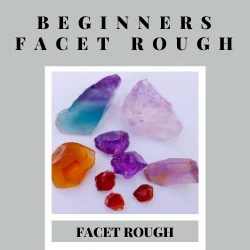


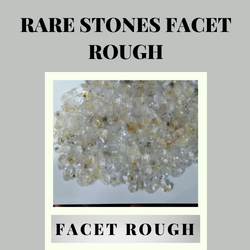
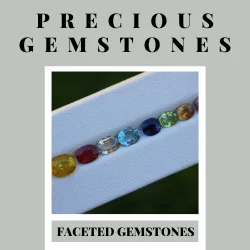
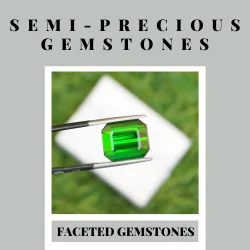
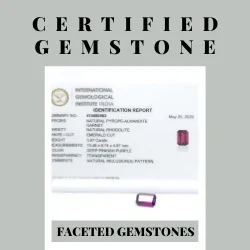
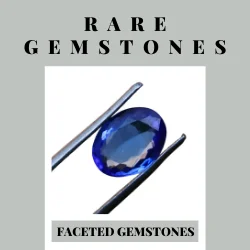
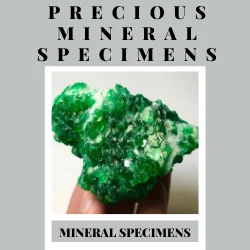

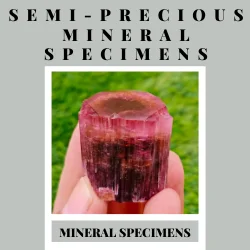

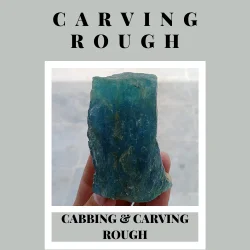
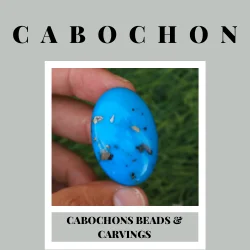
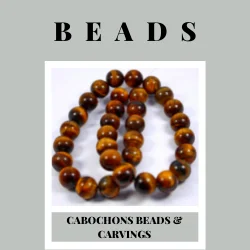

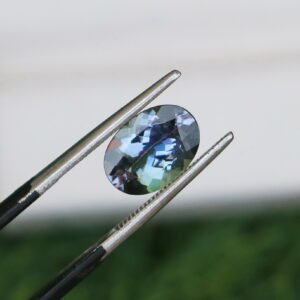
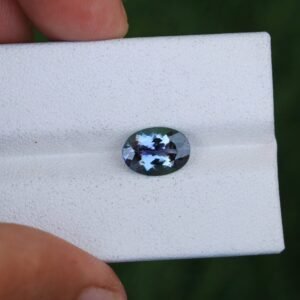
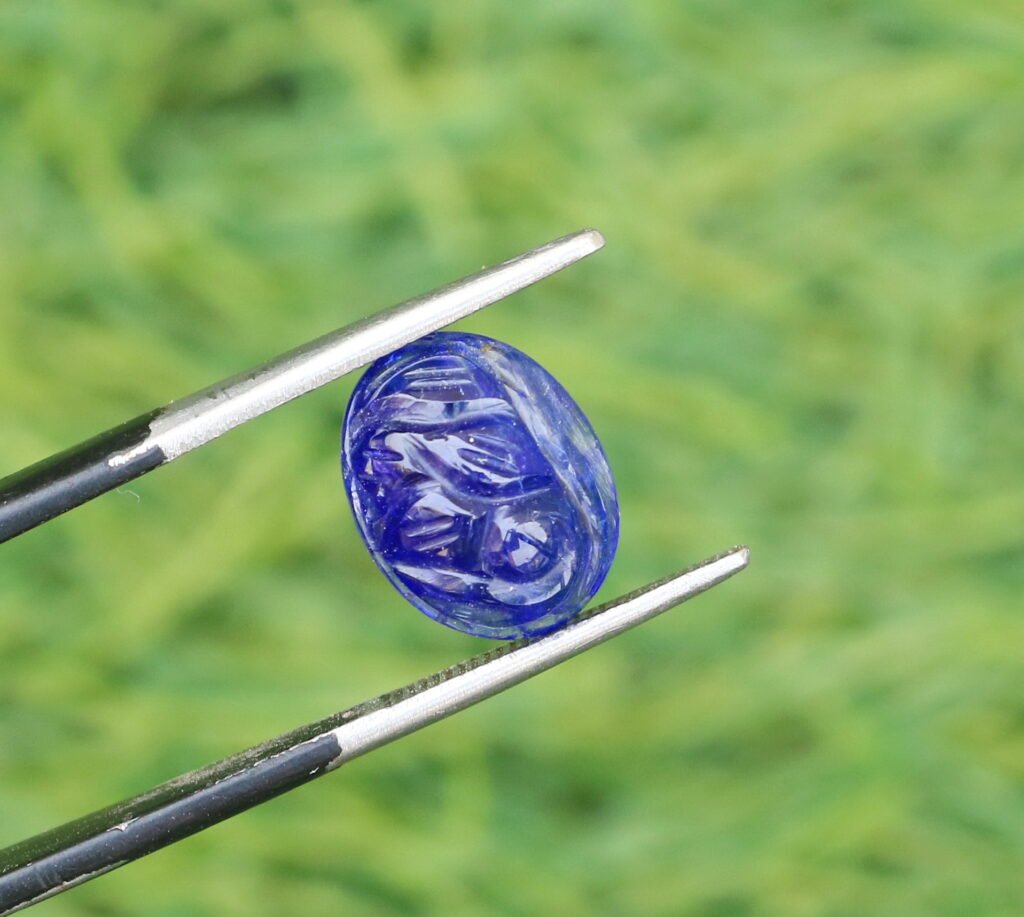

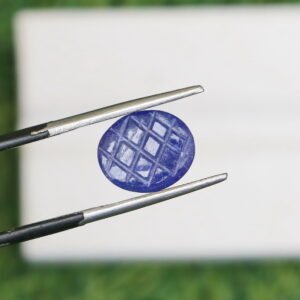

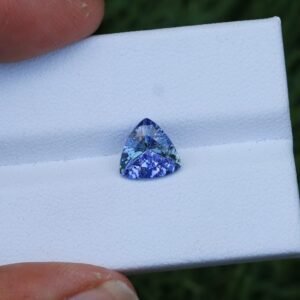


Leave a reply